
In the era of digital cycling, integrating technology into your biking routine can significantly enhance your riding experience. Whether you're a cycling enthusiast or a professional athlete, using a bike monitor stand can transform your rides by providing easy access to performance tracking and navigation tools. An adjustable bike monitor stand allows you to securely mount your digital device to your bike, ensuring you have real-time data at your fingertips while keeping your focus on the road. Understanding the Importance of Bike Monitor Stands Bike monitor stands are essential for cyclists who rely on digital devices such as GPS units, smartphones, or cycling computers to track performance metrics, navigate routes, and stay connected. These stands provide a secure and accessible platform for your devices, enhancing safety and efficiency by allowing you to keep your hands on the handlebars and your eyes on the path ahead. Step-by-Step Guide to Setting Up an Adjustable Bike Monitor Stand 1. Choosing the Right Stand: Select a bike monitor stand that is compatible with your device and bike model. Consider factors such as the size and weight capacity of the stand, its adjustability, and whether it offers weather protection features. Look for stands that are robust and easy to install without requiring special tools. 2. Attaching the Stand to Your Bike: Follow the manufacturer's instructions to securely attach the stand to your bike's handlebars or stem. Ensure that the stand is fastened tightly to avoid any movement during rides. Most stands use a clamp or screw mechanism that can be tightened with basic tools. 3. Adjusting for Optimal Viewing: Position your device on the stand, adjusting the angle and height to suit your riding posture. The screen should be easily visible without requiring you to tilt your head significantly, maintaining comfort and safety. Ensure the stand holds the device securely, even on rough terrains. Maximizing the Benefits of an Adjustable Bike Monitor Stand - Ensure Stability: Regularly check the stand's attachment points to ensure they remain tight and secure. This practice prevents the stand from loosening over time, which can lead to device damage or distraction during rides. - Protect Your Device from Weather: Consider using a weather-resistant cover for your device or choose a stand that offers protective features. This precaution helps safeguard your electronics from rain, dust, and debris, extending their lifespan. - Use the Monitor Effectively: Familiarize yourself with the device’s interface and features before heading out. Set up regular updates on your performance metrics or navigation routes to make the most of your rides. Customize your display to show only essential information to minimize distractions. Conclusion Investing in a quality adjustable bike monitor stand is a smart choice for cyclists aiming to enhance their riding experience. By securely mounting and effectively utilizing digital devices, you can enjoy improved navigation and performance tracking, leading to more informed and enjoyable rides. Embrace the technology-driven cycling era by equipping your bike with a reliable monitor stand, ensuring you stay connected and focused on your journey. Take the first step towards a more efficient and enjoyable biking routine today.
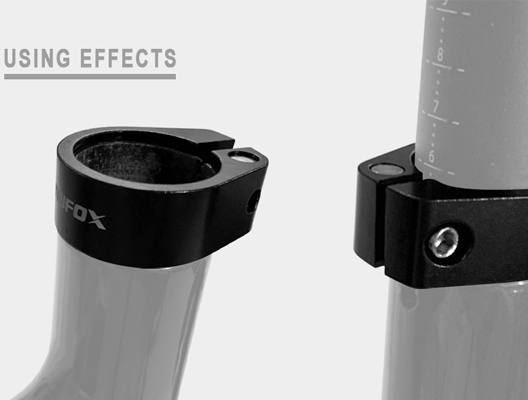
In the world of cycling, the seatpost clamp might seem like a minor component, but its role in ensuring ride comfort and stability is significant. Typically, the seatpost clamp secures the seatpost in place, maintaining the desired height and angle for optimal rider comfort. But what if you find yourself without this essential part? Here’s how to manage and ensure a smooth ride without a traditional seatpost clamp. Importance of Seatpost Clamps The seatpost clamp, such as the SC35 model from Trifox Bike, is designed to securely hold the seatpost in position. By doing so, it prevents the seatpost from slipping or rotating during rides, which can affect your posture and pedaling efficiency. Made from durable materials like aluminum, these clamps are built to withstand the stress and vibrations of cycling, providing long-term reliability. Managing Without a Seatpost Clamp While a seatpost clamp is crucial for stability, there are situations where you might need to ride without one. Whether due to a missing piece or a temporary adjustment, here are some alternative solutions: 1. Friction Paste: If you're in a pinch, applying a friction paste to the seatpost can increase grip and reduce slippage. This paste enhances the friction between the seatpost and the frame, offering temporary stability. 2. Shim Solutions: Using a shim made from sturdy material like metal or rubber can help secure the seatpost. By wrapping the shim around the seatpost, you can create a tighter fit between the post and the frame. 3. Tightening Mechanisms: If your bike frame allows, consider using a threaded bolt mechanism to secure the seatpost. This involves drilling a hole through the frame and post and inserting a bolt secured with a nut. While more permanent, this can effectively hold the seatpost in place. Alternative Solutions If the absence of a clamp is a longer-term issue, investing in alternative securing solutions is advisable: - Quick-Release Mechanisms: Some bikes come with built-in quick-release mechanisms that don't rely on traditional clamps. These can be adjusted with a lever and offer easy height adjustments. - Integrated Clamping Systems: Certain frames feature integrated clamping systems that eliminate the need for an external clamp. These systems use a tightening bolt that is part of the frame, ensuring a sleek and secure hold. Tips for Maintaining Seatpost Stability Without a clamp, maintaining seatpost stability requires regular checks and adjustments: 1. Regular Inspections: Periodically inspect the seatpost and frame for signs of wear or slippage. Ensure any temporary solutions, like shims or friction paste, are holding up under stress. 2. Consistent Positioning: Mark the ideal seatpost height with tape or a marker. This visual guide helps ensure you maintain the correct position, even after adjustments. 3. Secure Tools: Keep essential tools handy for on-the-go adjustments. Allen keys or wrenches can tighten bolts or adjust quick-release systems when needed. Ensuring Rider Comfort and Safety Ultimately, rider comfort and safety should be the priority when managing a bike without a clamp. Ensuring the seatpost is secure and at the correct height prevents discomfort and potential accidents. Always test adjustments in a safe environment before tackling challenging trails or long rides. By understanding the role of a seatpost clamp and exploring alternative solutions, you can ensure a stable and comfortable ride, even in the absence of this small but vital component. Whether using temporary fixes or investing in integrated systems, maintaining seatpost security is essential for an enjoyable cycling experience.
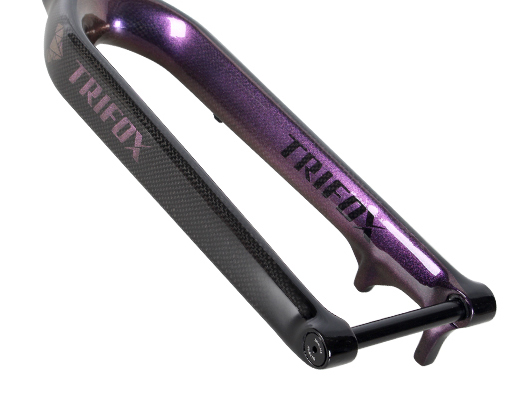
When it comes to enhancing your biking experience, opting for a suspension corrected rigid fork can be a game-changer. These forks, like those offered by Trifox Bike, are designed to provide a balance between the lightweight efficiency of a rigid fork and the geometry typically associated with suspension forks. Advantages of Carbon Rigid Forks Weight Reduction One of the primary benefits of using carbon rigid forks is their substantial weight reduction. Unlike traditional suspension forks, which can add significant weight to your bike, carbon rigid forks are remarkably lightweight. This reduction in weight not only aids in climbing efficiency but also enhances overall bike handling, making it easier to maneuver through technical trails. Durability and Strength Carbon is known for its excellent strength-to-weight ratio, offering durability that stands up to the demands of rigorous biking. Trifox's rigid forks are crafted from high-quality carbon, ensuring they can withstand the stress of off-road cycling while maintaining their structure and integrity over time. Improved Handling With the absence of suspension components, carbon rigid forks provide a more direct connection between the rider and the terrain. This directness results in improved handling and responsiveness, allowing for precise steering and control, which is particularly advantageous in fast, technical sections. Steps: 1. Remove the Existing Fork: Start by loosening the bolts on the stem and removing the front wheel and brake caliper if necessary. Slide the old fork out of the head tube. 2. Prepare the New Fork: Apply a small amount of grease to the fork's steerer tube and any aluminum parts to prevent corrosion and ensure smooth installation. 3. Install the New Fork: Insert the carbon rigid fork into the head tube. Align the fork and make sure it's securely positioned. 4. Reattach Components: Secure the stem bolts and reattach the brake caliper. Ensure everything is tightened to the recommended torque settings to avoid any movement during rides. 5. Check Alignment: Finally, make sure the front wheel is properly aligned and spins freely without any interference from the brake pads. Suitable Bikes Rigid forks are versatile and can be used on a variety of bikes, but they are particularly well-suited for: - Cross-Country Bikes: For riders who prioritize speed and efficiency over rugged terrain. - Gravel Bikes: Where the combination of lightweight and durability enhances long rides on mixed surfaces. - Commuter Bikes: Offering a reliable and maintenance-free option for daily rides. Optimizing Performance To get the most out of your suspension corrected rigid fork, consider the following tips: 1. Optimize Tire Pressure: Without suspension to absorb shocks, adjusting your tire pressure can significantly improve comfort and traction. Aim for a balance that suits your terrain and riding style. 2. Regular Maintenance: Keep your fork clean and periodically check for any signs of wear or damage. Regularly inspect the fork's mounting points and make sure all bolts are properly tightened. 3. Upgrade Components: Pairing your carbon rigid fork with lightweight wheels and a responsive drivetrain can further enhance your bike's performance. Conclusion Maximizing the benefits of a suspension corrected rigid fork entails understanding its unique advantages and ensuring proper installation and maintenance. Whether you're seeking weight reduction, improved handling, or enhanced durability, carbon rigid forks from Trifox Bike offer a reliable and efficient solution. By following these guidelines, you can optimize your bike's performance, ensuring a smooth and enjoyable ride across any terrain.

Choosing the right full-suspension mountain bike can transform your ride from a simple outdoor activity into an exhilarating adventure. The Pioneer Mountain Bike from Trifox Bike is an exemplary model that combines high-quality features with affordability, making it an ideal choice for riders looking to enhance their trail riding experience. Key Features of the Pioneer Mountain Bike Carbon Fiber Frame The Pioneer Mountain Bike boasts a full carbon fiber frame (MFM100), offering exceptional strength and lightness. This material is renowned for its ability to absorb shocks and provide a responsive ride, which is crucial when navigating rough terrains. The bike's carbon frame not only enhances performance but also contributes to a sleek and modern aesthetic. Dual Suspension System Equipped with a dual suspension system, the Pioneer bike ensures a smooth and controlled ride over uneven surfaces. With 115mm travel, the suspension effectively absorbs bumps, reducing rider fatigue and improving handling. This feature is particularly beneficial for trail enthusiasts who encounter a variety of terrains, from rocky paths to smooth descents. Shimano M6100 Groupset The integration of the Shimano M6100 12-speed groupset elevates the bike's performance by providing seamless gear transitions and reliable braking. The hydraulic disc brakes offer superior stopping power, enhancing safety during steep descents and technical trails. The precision of the Shimano components ensures that riders can maintain their momentum without sacrificing control. Benefits for Trail Riding The combination of a carbon fiber frame and dual suspension makes the Pioneer bike an excellent choice for tackling diverse trails. The frame's lightweight nature allows for quick acceleration and agile maneuvering, while the suspension system provides stability and comfort. Riders can confidently take on challenging paths, knowing their bike is equipped to handle the demands of the terrain. Tips for Choosing a Full-Suspension Mountain Bike 1. Frame Material: Look for bikes with carbon fiber frames if you prioritize weight and strength. This material is ideal for serious riders who need a durable yet lightweight bike. 2. Suspension Quality: Evaluate the suspension system's travel and adjustability. A good dual suspension setup will offer better shock absorption and a smoother ride. 3. Groupset Quality: A reliable groupset like Shimano ensures precise shifting and effective braking. This is critical for maintaining speed and control on trails. 4. Fit and Geometry: Choose a bike that matches your body size and riding style. The Pioneer offers multiple sizes, ensuring a tailored fit for optimal comfort and performance. 5. Wheel Size: Consider wheel size based on the terrain you frequently ride. The 29-inch wheels on the Pioneer bike provide better traction and stability, ideal for both climbing and descending. Conclusion The Trifox Pioneer Mountain Bike is a standout option for riders seeking a priced full-suspension bike with essential features. Its carbon fiber frame, dual suspension, and Shimano components make it well-suited for trail riding, offering a blend of comfort, control, and durability. By focusing on quality components and the right fit, you can find a full-suspension mountain bike that elevates your cycling adventures. Whether you're exploring new trails or refining your skills, the right bike can make all the difference in your riding experience.
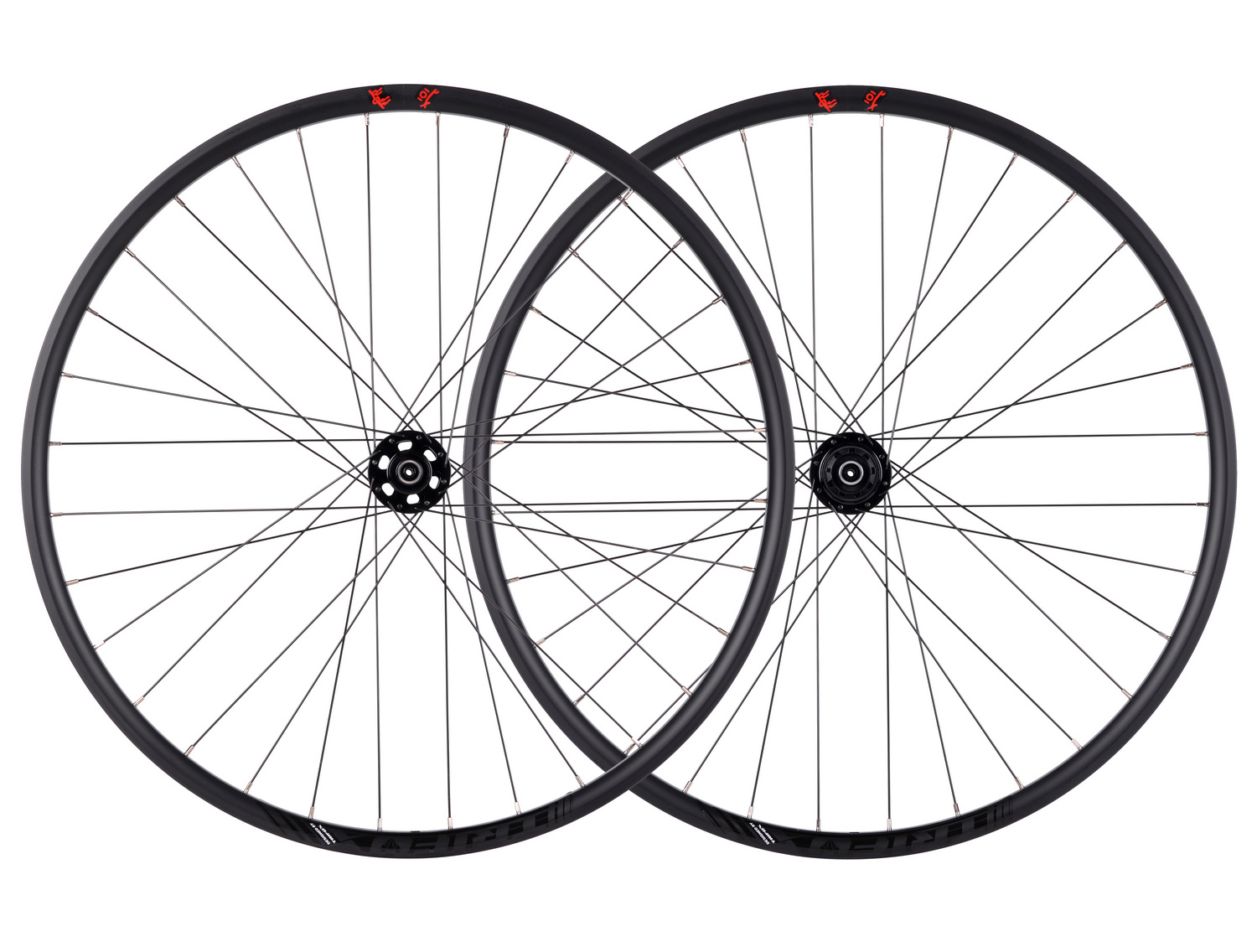
Disc brake wheels are a crucial component of modern bicycles, offering enhanced stopping power and control, especially in diverse weather conditions. With advancements in materials and design, upgrading to high-quality disc brake wheels can significantly improve your cycling experience. Benefits of Carbon Bicycle Wheels Carbon bicycle wheels, such as those offered by Trifox Bike, are popular for several reasons: 1. Lightweight: Carbon wheels are significantly lighter than their alloy counterparts, which can improve acceleration and climbing efficiency. 2. Aerodynamic: The sleek design of carbon wheels can reduce drag, making them ideal for road cycling. 3. Durability: High-quality carbon wheels offer excellent strength-to-weight ratios, providing durability without compromising on weight. 4. Responsive Handling: The stiffness of carbon wheels provides precise handling, which is especially beneficial for competitive cyclists. Types of Wheels Trifox Bike offers a variety of wheel types to suit different cycling needs: 1. Carbon Road Wheels: Ideal for road racing and long-distance cycling. These wheels offer aerodynamic benefits and are exceptionally lightweight. 2. Alloy Road Wheels: A more affordable option, providing a good balance between performance and cost. 3. Alloy Mountain Wheels: Designed to handle rough terrains, these wheels are robust and offer great traction. Installation Process Tools Needed: Torque wrench;Allen keys;Tire levers;Pump Steps: 1. Remove the Old Wheels: Loosen the axle nuts or quick-release skewer and carefully remove the existing wheels from the frame. 2. Install the Disc Brake Rotors: Attach the disc brake rotors to the new wheels using the appropriate screws and a torque wrench. Ensure the rotors are aligned correctly. 3. Fit the New Wheels: Slide the wheel into the fork or frame dropouts. Secure the axle nuts or quick-release skewer, ensuring they are tight but not overtightened. 4. Attach the Tires: Use tire levers to fit the tires onto the rims. Inflate the tires to the recommended pressure using a pump. 5. Align the Brakes: Check that the disc brake rotors are centered within the calipers, adjusting the caliper position if necessary. Maintenance Tips 1. Regular Cleaning: Keep your wheels clean to prevent dirt and grime from affecting performance. Use a soft brush and mild detergent. 2. Check for Wear and Tear: Regularly inspect the wheels for any cracks, dents, or other damage. Pay special attention to the brake rotors and pads. 3. Tighten Spokes: Ensure the spokes are evenly tensioned to maintain wheel stability. A spoke tension meter can help with this task.Monitor Tire Pressure: Maintain the correct tire pressure to prevent pinch flats and ensure optimal performance. Choosing the Right Wheel Selecting the right wheel depends on your cycling style and needs. Carbon road wheels are perfect for speed and efficiency, while alloy mountain wheels offer durability for off-road adventures. Consider the terrain, weather conditions, and your personal preferences when choosing between different wheel types. Conclusion Upgrading to and maintaining high-quality disc brake wheels, like those available from Trifox Bike, can enhance your cycling experience by improving performance and reliability. By understanding the installation process and following regular maintenance practices, you can ensure your wheels remain in top condition, providing you with safe and enjoyable rides for years to come.
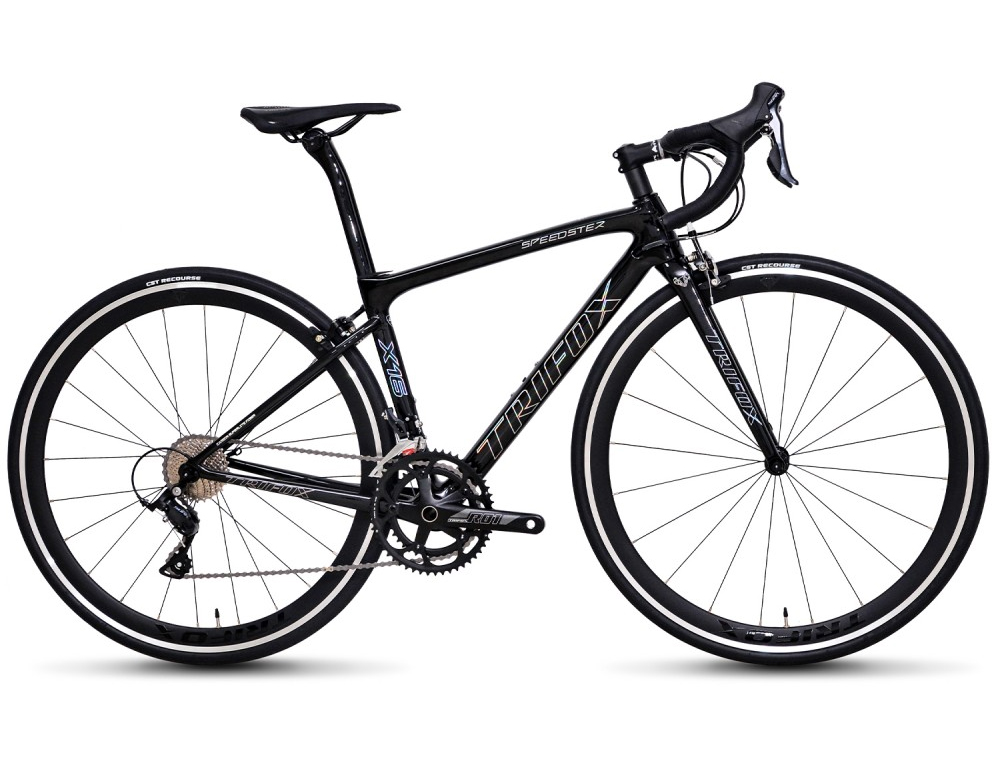
Optimizing your ride with an ultra light road bike like the Trifox Ultra Light SF-QR 2.0 involves leveraging its standout features for peak performance. This bike, crafted from T800 carbon fiber, offers a remarkable strength-to-weight ratio, weighing just 8.6kg. Its lightweight nature enhances speed and agility, making climbs easier and long rides less fatiguing. The carbon fiber construction also improves vibration dampening, offering a smoother ride on varied terrain. Equipped with the Shimano Sora R3000 groupset, the Ultra Light SF-QR 2.0 ensures smooth and precise shifting across its 2x9 speed setup. This efficient drivetrain allows riders to seamlessly adjust to changing inclines and conditions, maintaining optimal momentum throughout their journey. Aerodynamic design is another key aspect, with partially internal cable routing that minimizes wind resistance and protects cables from wear. This design not only enhances speed but also contributes to the bike's sleek, clean look. For optimal performance, regular maintenance is crucial. Check and adjust tire pressure for different road conditions, and ensure the drivetrain is clean and well-lubricated to prevent wear and maintain efficiency. Adjust the saddle and handlebar height for comfort and improved control. Selecting the right size is vital for comfort and efficiency. The SF-QR 2.0 offers sizes from 44cm to 58cm, catering to riders from 150cm to 191cm tall. Proper sizing ensures better posture, reducing strain and enhancing power transfer. Using an ultra light road bike like the Trifox Ultra Light SF-QR 2.0 can significantly enhance speed and efficiency, allowing you to enjoy a superior riding experience. By focusing on its features and maintaining optimal settings, you can unlock the full potential of your road biking adventures.
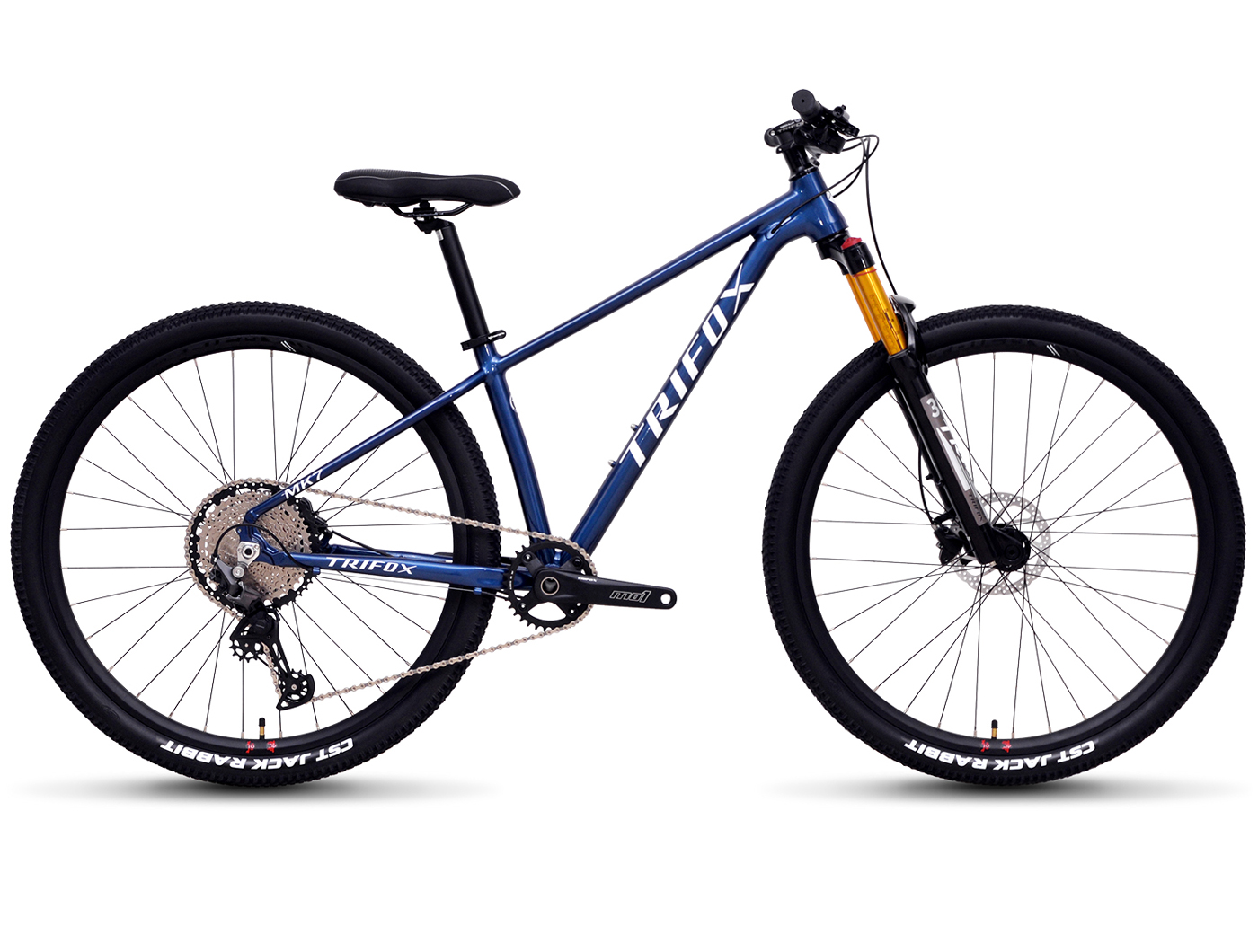
Mastering the trails with your PeakTrail MTB requires a blend of preparation, skill, and the right mindset. Whether you're a seasoned biker or a newcomer to mountain biking, these tips will help you make the most of your trail adventures. First, equip yourself with the right gear. A helmet, gloves, and protective eyewear are non-negotiable for safety. Consider knee and elbow pads for added protection on rugged trails. Wearing moisture-wicking clothing can keep you comfortable during long rides. Maintaining your bike is crucial for reliable performance. Regularly check the tire pressure, brakes, and chain lubrication. A well-maintained bike not only performs better but also reduces the risk of mechanical issues on the trail. Improving your riding skills is an ongoing process. Start with basic techniques like maintaining the right body position—stay relaxed and centered over the bike, especially on descents. Practice braking smoothly and shifting your weight to navigate tight corners and obstacles. Different terrains demand different handling. On rocky paths, keep your arms and legs loose to absorb shocks. On muddy trails, lower your tire pressure slightly for better traction. Sand or loose gravel requires a steady speed to prevent skidding. Optimizing your bike settings can enhance your ride. Adjusting the suspension for comfort and control, setting the saddle height for efficiency, and ensuring the handlebars are at the right angle can all make a significant difference. Safety is paramount. Always inform someone of your route, ride with a buddy when possible, and carry a basic repair kit and first-aid supplies. Knowing your limits and pacing yourself can prevent accidents and ensure a fun experience. The PeakTrail MTB, with its versatile design, offers an excellent balance for tackling various trail challenges. Its agility and durability make it a great companion for mastering any trail. Embrace these tips, and you'll be well on your way to trail mastery.
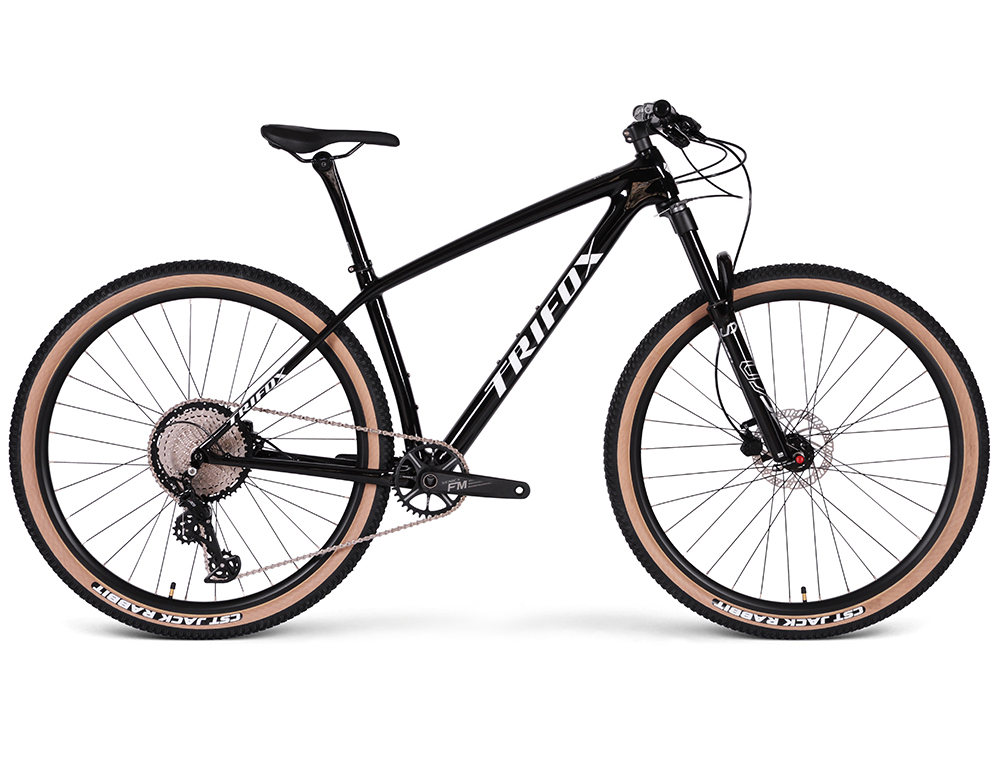
Choosing the perfect ultra light hardtail mountain bike for your next adventure involves understanding the key features that will enhance your riding experience. When considering options like the Trifox SDY20, start by focusing on the frame material. This bike boasts a 29er carbon mountain hardtail frame made from T1000 carbon fiber, which is renowned for its strength-to-weight ratio. The lightweight nature of carbon frames not only makes climbing hills easier but also improves maneuverability on technical trails. Weight is another crucial factor. The SDY20 weighs approximately 11.5 kg for a large size, making it an excellent choice for riders who prioritize speed and agility. A lighter bike allows for quicker acceleration and less fatigue over long rides, key benefits when tackling challenging terrains. Drivetrain components are equally important. The SDY20 features a SHIMANO Deore M6100, 12-speed system, which provides smooth and reliable gear shifts. This setup is ideal for adapting to varying trail conditions, giving you the flexibility to maintain momentum whether you're climbing or descending. Wheel specifications, such as the Trifox Alloy Mountain Bike Wheels and CST 29*2.1 tires, offer stability and control. Wider tires improve traction and handling, crucial for maintaining grip on rough surfaces. When selecting the right size, consider your height and inseam. The SDY20 offers sizes from S to L, accommodating riders from 150 to 185 cm tall. Ensuring the bike fits well enhances comfort and control, which are vital for a safe and enjoyable ride. Overall, choosing an ultra light hardtail MTB with a carbon frame like the SDY20 offers numerous benefits, including enhanced performance and comfort, making it a worthy companion for your next mountain biking adventure.
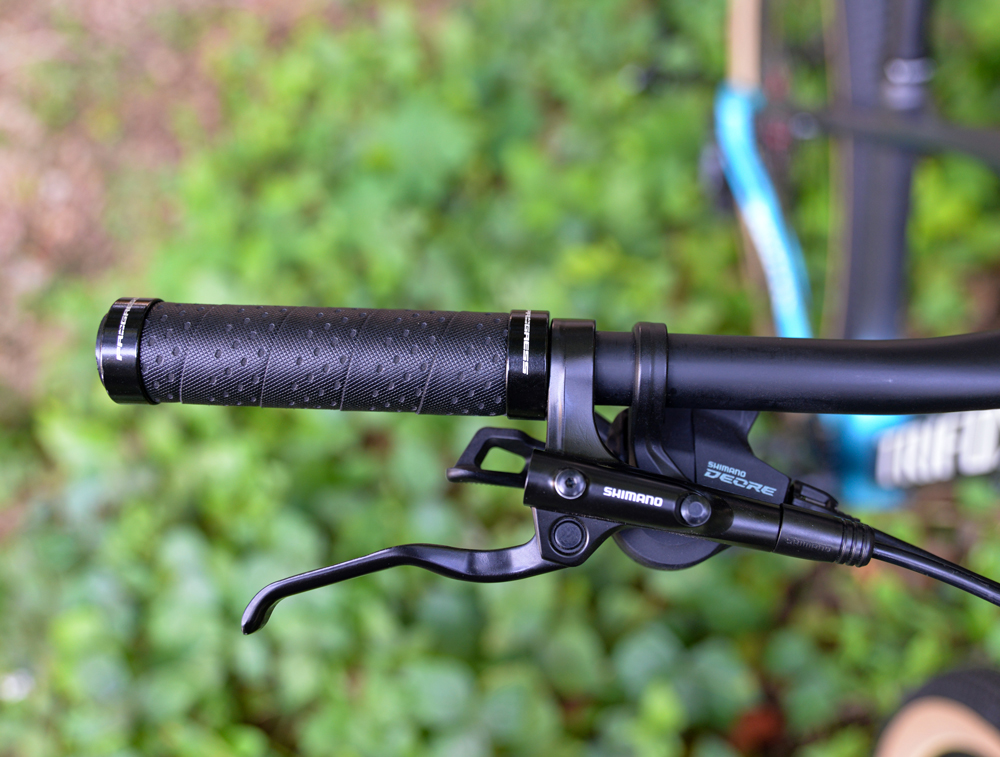
For mountain biking enthusiasts, navigating rugged trails requires not only skill but also the right equipment to ensure comfort and control. One crucial yet often underestimated component is the bike grips. The right MTB bike grips can make a significant difference in your riding experience, providing both comfort and improved handling on the trails. Choosing the right mountain bike grips starts with understanding their impact on your ride. High-quality grips can reduce hand fatigue and increase control, crucial for tackling varying terrain with confidence. Key features to look out for include the material, texture, and locking mechanisms that ensure the grips stay firmly in place. Material plays an essential role in the comfort and durability of bike grips. The Trifox MBT100 grips, for example, are made from robust rubber, offering a balance of comfort and resilience. Rubber grips provide excellent cushioning, absorbing shocks and vibrations that are common on bumpy trails, thus reducing strain on your hands and wrists. Grip texture is another critical component. The MBT100 grips are designed with anti-slip properties that ensure a secure hold even in wet or muddy conditions. This texture enhances your control over the handlebars, allowing for precise steering and better handling of your bike. Whether you're navigating tight corners or descending steep slopes, maintaining a firm grip is essential for safety and performance. Additionally, the locking mechanism is vital for ensuring that your grips remain securely attached to the handlebars. The Trifox MBT100 features a locking system that prevents slipping or rotation, providing peace of mind as you tackle challenging trails. This feature is particularly beneficial during intense rides where stability is paramount. When selecting MTB grips, consider your riding style and personal preferences. Factors such as hand size, riding conditions, and the type of terrain you typically encounter should influence your choice. Test different grips to find the perfect fit that offers both comfort and control. In conclusion, investing in the right MTB bike grips, like the Trifox MBT100, can greatly enhance your biking experience. By focusing on features that prioritize comfort and control, you can ride longer and tackle trails with greater confidence. Consider upgrading your grips to enjoy improved comfort and performance on your next adventure. Happy trails!

















